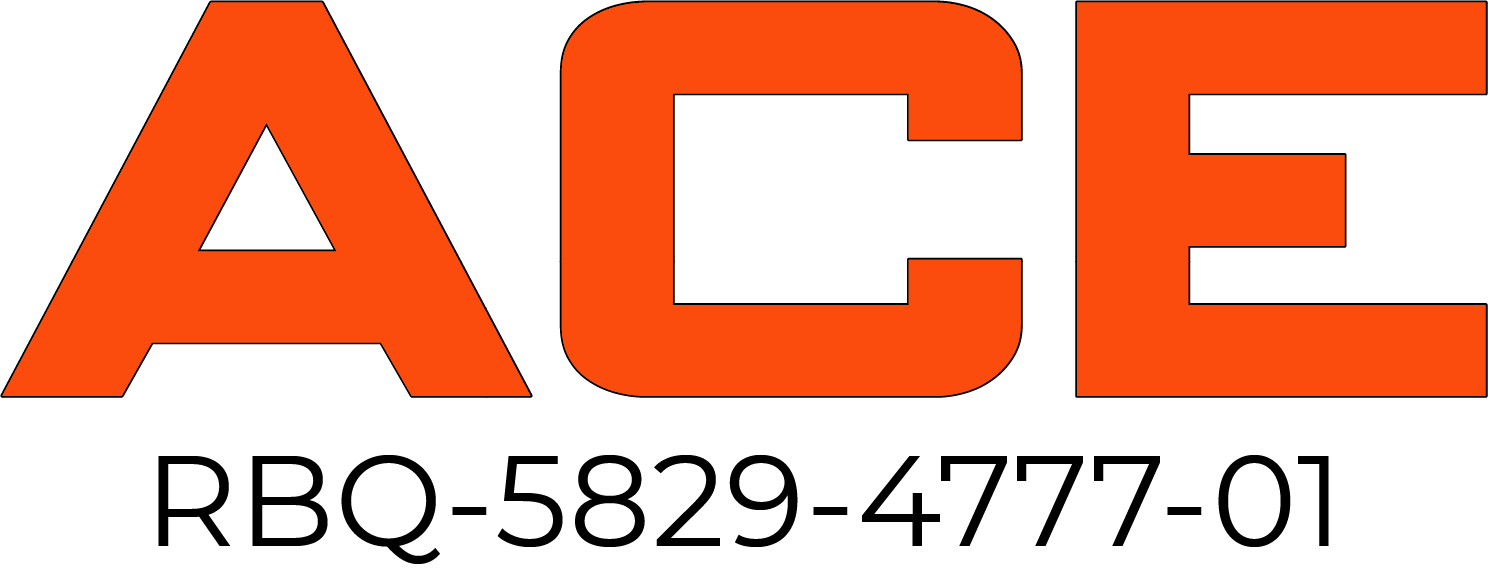F.A.Q
-
How does the construction of TerraLam CLT mats make them more durable?
Mat strength lies in its ability to transfer weight through the mat into the surface below. Bolted mats only transfer load at the location of the mechanical fasteners. Adhered CLT mats transfer the load through every available square foot. Additionally, the adhesive provides a moisture barrier at each layer, protecting the mat from eventual rot and decay.
-
Why is it important that TerraLam is an engineered product?
Bolted access mats and traditional timber mats are made with a variety of mixed hardwoods and softwoods, without consideration for lumber grade — resulting in inconsistency across mats. With an engineered product, you can be assured that every mat delivered will perform to your specifications.
-
We need mats that connect; is that possible with TerraLam?
TerraLam mats can be fitted with interconnecting fingers that workin the same manner as traditional bolted access mats.
-
What sizes are available?
Currently TerraLam mats are available in 3- or 5-ply construction.
TerraLam® 300 - 8' x 14' long
TerraLam® 500 - 8' x 16' long
-
Are TerraLam CLT mats safe for the environment, including wetlands?
Yes, in fact they are superior in promoting environmental stewardship. The adhesive becomes chemically inactive prior to leaving the facility, presenting no harm to the environment. (The metals in bolted mats oxidize, leaching contaminants into the ground and creating disposal difficulties.) The raw materials in TerraLam mats are farmed in approximately 20 years, where the hardwood species used in bolted mats can take 80-100 years to regrow. Additionally, the solid surface and adhesive barriers between layers don’t allow invasive species to embed themselves into themats like with traditional mats.
-
How will TerraLam mats perform in extreme or less-than-ideal conditions?
TerraLam mats have been tested successfully in temperatures as low as -55°C and as high as 65°C. While all wooden mats can be slippery in wet, muddy, and icy conditions, the solid top ofTerraLam mats makes removing mud, snow, or ice much easier. Once TerraLam mats are traveled on, they become well-seasoned, mitigating slickness in challenging conditions.
-
Can a TerraLam mat be repaired, or does it need to be disposed of once damaged?
Since TerraLam mats are a solid block of wood, necessary repairs can be done easily and at less expense than with bolted access mats. Repairs to bolted mats often require removing rusted or bent bolts and fragmented boards. Damaged TerraLam mats are safer on the jobsite than a damaged bolted mat, as a damaged CLT mat does not expose crews to puncture injuries or equipment damage.
-
Is it best to rent, lease, or buy TerraLam mats?
ACE prides itself in creating longterm relationships, not maximizing transactions. An ACE expert will review your project and work with you to determine whether it’s best for your business to rent, lease, or buy TerraLam mats.
-
Will the TerraLam mats delaminate or fall apart?
TerraLam CLT mats are constructed with rapid-growth southern yellow pine #2 grade kiln-dried lumber, along with a moisture- activated polyurethane adhesive. The wood’s existing water helps cure the adhesive, creating an exceptional bond. Independent laboratories, including the USDA Forest Products Laboratory, San Diego State University, and Henkel Adhesives, have validated the strength and durability of TerraLam products.
F.A.Q

Info@aceltee.com
